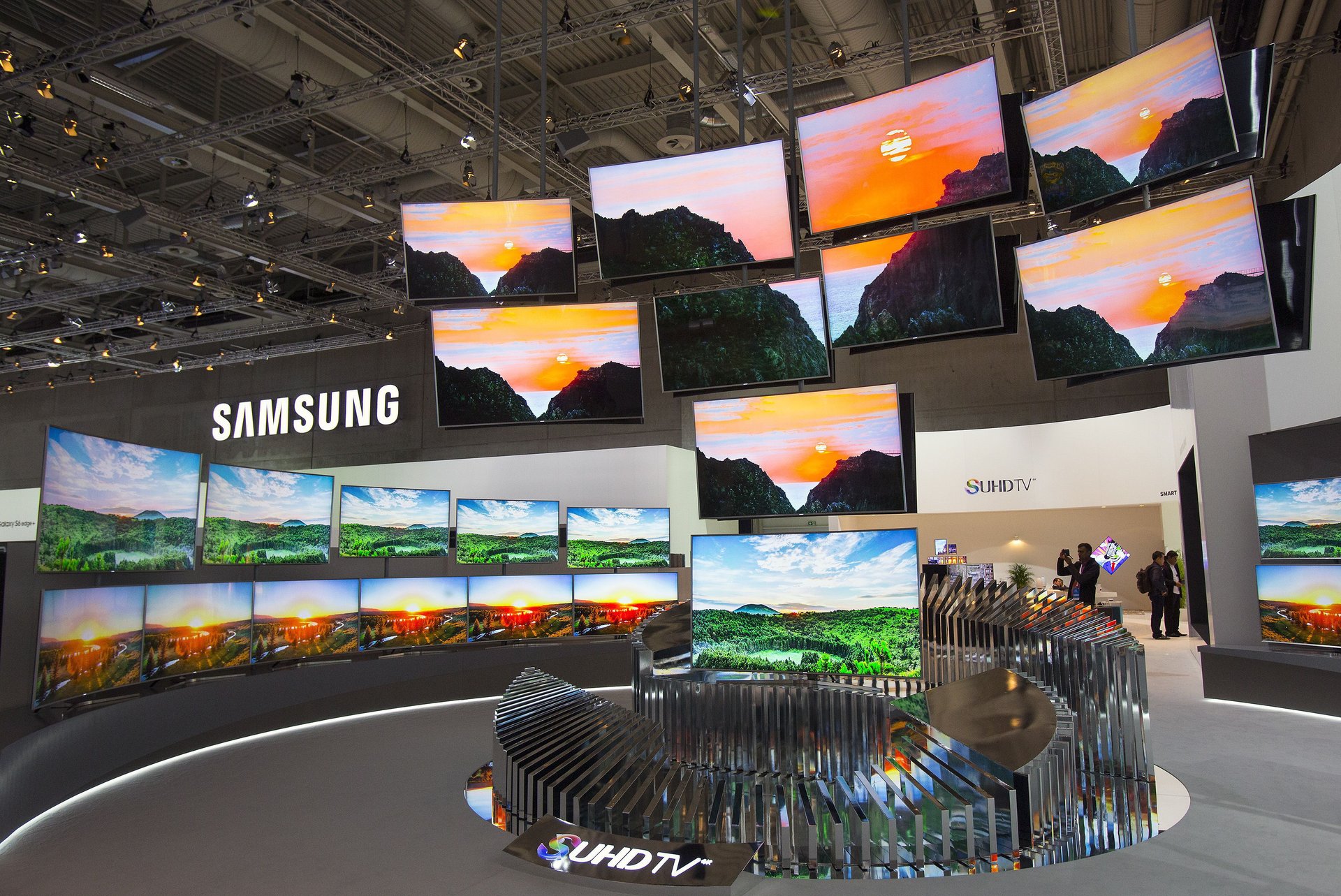The curved and 3D TV revolution is already dead
Only a few years after curved and 3D screens first came on the market, promising to bring a sort of IMAXish immersive way of viewing into consumers’ living rooms, the TV makers that pioneered the technology are eschewing it.


Only a few years after curved and 3D screens first came on the market, promising to bring a sort of IMAXish immersive way of viewing into consumers’ living rooms, the TV makers that pioneered the technology are eschewing it.
At the Consumer Electronics Show in Las Vegas this week, where TV makers unveiled their new models, the floor was nearly bereft (paywall) of both bendy and 3D TV technology. The screens, which were alleged to create a sharper, crisper picture and more immersive viewing experience, never really took hold. And the supposed features turned out to be more gimmicks than benefits.
“It really didn’t do anything to enhance the picture quality,” Tim Alessi, senior director of home entertainment at Korean electronics maker LG, said of the curved screens, the Financial Times reported. “Curved, when it first came out was very unique and different, but when we looked at the overall demand, there wasn’t a huge outcry.”
The manufacturer, which announced its first curved TV in 2013, dropped the screens from its 2017 TV roster, reverting back to flat sets in even slimmer models. And Korean rival Samsung, which had been been selling its higher-end sets strictly with curved panels, eased off its position and is now offering them with flat screens as well.
Together, Samsung and LG account for one-third of the global TV market in terms of unit sales, according to IHS Technology, which tracks the industry. The research firm, which did not immediately return Quartz’s request for comment, told the Financial Times that curved screens only made up 4% of global TV market sales in the third quarter of 2016. Euromonitor told Quartz the retail value of the global TV market was around $132 billion last year.
Samsung and LG are also moving away from 3D TVs, which have been around a little bit longer than curved screens, but also never really took off. LG is abandoning the last of its 3D models this year due to declining sales. And Samsung dumped them a year ago. (This matches the decline in demand for 3D movies at the cinema.)
“There are still a lot of people who like 3D but it hadn’t caught on to the critical mass to keep it alive going forward,” said Alessi at LG, which announced its first 3D model in 2010.
3D TV lost significant market share over the past few years, falling from 23% of US flat-panel TV sales in 2012 to 16% in 2015, CNET reported, citing NPD Group. What people seem to like is ever-improving resolutions on their screens.
IHS says that, although 4K ultra-high-definition TV adoption has been relatively slow since the technology was introduced, US consumers are becoming more aware of it and projects 33% of US households will have 4K-capable sets by 2019. It’s also been all the rage at CES this year.